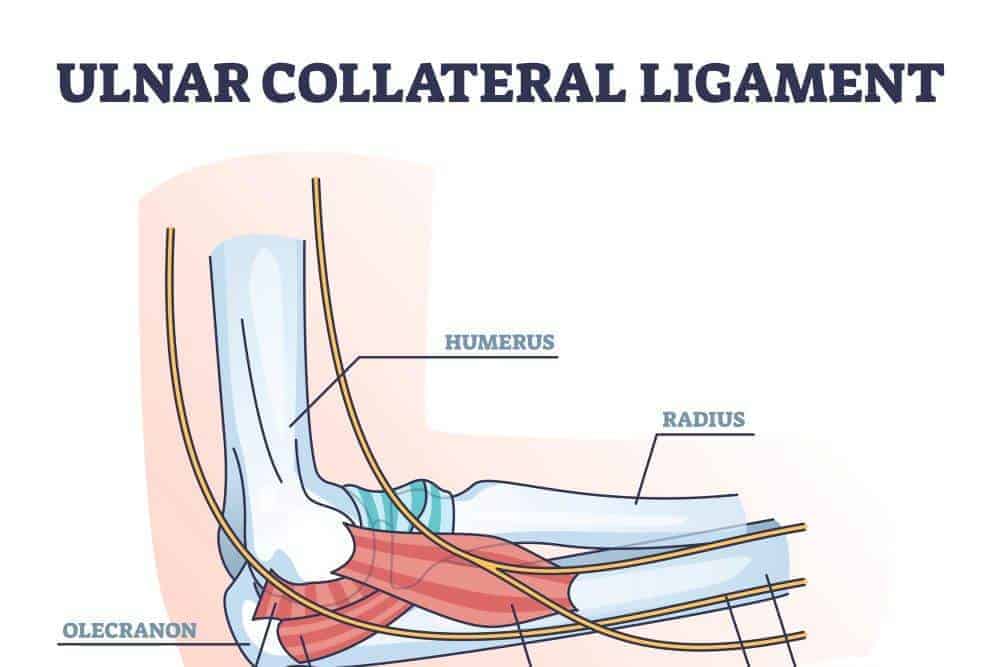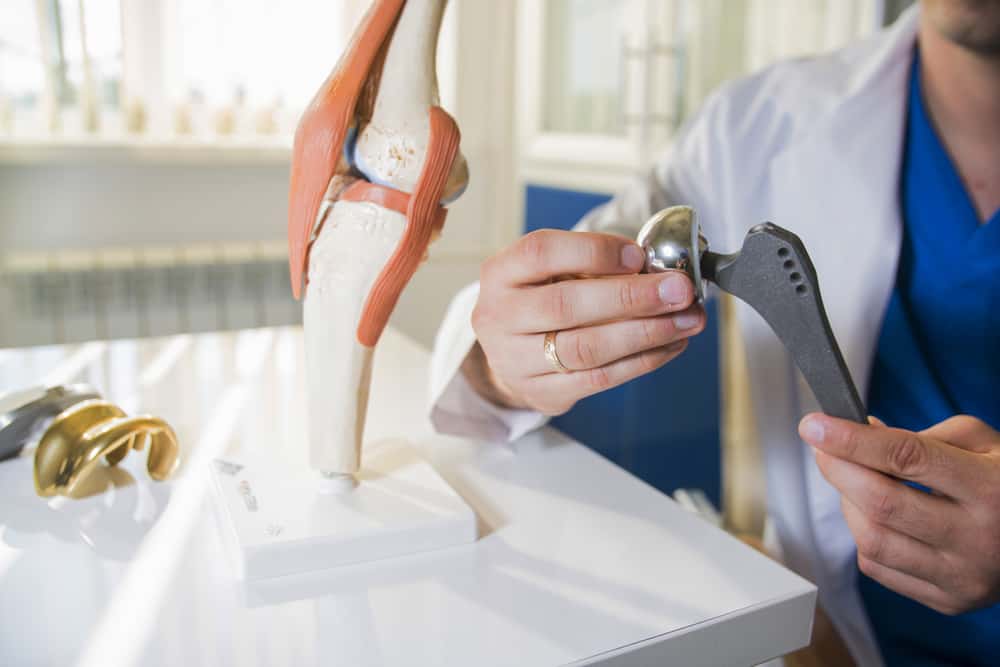A bone density test is a type of X-ray that measures the strength of your bones. Doctors recommend a bone density test every few years in older adults to help identify and treat osteoporosis. The medical terms osteopenia and osteoporosis refer to issues with bone loss, both of which are diseases where bones become weakened and therefore more susceptible to fractures. Many people do not realize they have issues with bone weakness or bone loss until they suffer a broken bone. A bone density test can help detect issues with bone weakness and bone loss before a more serious injury occurs. Your doctor may also recommend a bone density test as part of your arthritis treatment to help assess your overall bone mass and if you are at risk for bone loss or fractures.
What Is a Bone Density Test?
A bone density test is also known as a bone densitometry, which is similar to getting an X-ray. This test, along with other X-rays, does not hurt and can typically be done in ten to twenty minutes, depending on what areas need to be scanned. A bone density test can be portable and easy for scanning potential areas of issue or extremities. There are also bone density tests that scan your whole body. If you have ever been to a health fair, then you may have seen a bone density test in action. The portable version of a bone density test, known as a peripheral device, can be used on hands and fingers to measure bone density. A bone density test is typically recommended in areas most commonly susceptible to broken bones, also known as fractures. Areas of the body most likely to suffer a fracture include the wrists, arms, spine, and hips.
What Does a Bone Density Test Show?
A bone density test will measure whether you have normal bone density or if you have weakened and brittle bones. A low T score on a bone density test means that you have a lower than average bone mass, which can determine a diagnosis of osteoporosis and other bone conditions. If you have osteoporosis, then your bones are weakened, and there is an issue with your body’s ability to absorb and replace bone tissue. One common reason why people experience bone loss is when a person’s hormone levels decrease. Estrogen is one of the hormones produced in the body that helps to support and maintain healthy bones. Many women experience loss of estrogen during menopause, which makes women more prone to osteoporosis than men. A bone density test will measure the level of calcium in your bones, along with other minerals that build and support your bones. In addition to looking for bone loss and fragility, a bone density test can also be used to monitor other issues with the bones, like cancer or arthritis.
When Might Your Doctor Recommend a Bone Density Test?
There are several reasons why your doctor may recommend a bone density test. If your doctor suspects that you have osteopenia or osteoporosis, where your bones have lower mass, are weaker, and become brittle and more fragile. It is common for doctors to recommend a bone density test in patients over 35 years of age because this is when total bone mass peaks in adults. A bone density test may also be recommended for women who are going through menopause due to their fluctuation in hormone levels. Adults over 65 may also receive a bone density test every few years to help detect any bone loss later in life. Certain conditions may also make people a candidate for a bone density test, including a family history of osteopenia or osteoporosis, people with type 1 diabetes, and people with hyperthyroidism or hyperparathyroidism. People with liver or kidney disease may also undergo regular bone density tests as part of their monitoring and treatment for chronic illness. Your doctor may also recommend a bone density test if you are a smoker, prone to drinking alcohol excessively, or have a low body mass index. People who take steroids or are on anticonvulsants for certain conditions may also be candidates for a bone density test.
How to Diagnose Arthritis
A bone density test alone cannot diagnose arthritis, but it often plays a key role in determining the baseline for your normal bone mass and can help identify if you are at risk for bone loss along with arthritis. In order to diagnose arthritis, your doctor will perform a physical exam and check your joints for any swelling, redness, or warmth. During a physical examination, your doctor will likely also want to see how you move your joints and if common movements are negatively affected. Laboratory tests like blood, urine, and joint fluid tests can also help determine which type of arthritis you may have. Depending on your symptoms and where the arthritis may be located, your doctor may also recommend diagnostic imaging tests like X-rays or CT scans to get clearer images of the affected area. A doctor will be more likely to recommend a bone density test if you have a type of arthritis that is inflammatory, including psoriatic arthritis and rheumatoid arthritis.
Three Different Types of Arthritis
Arthritis refers to swelling and tenderness that affect one or more joints in the body. There are several types of arthritis, the most common of which are osteoarthritis, rheumatoid arthritis, and psoriatic arthritis. Other less common types of arthritis include gout, ankylosing spondylitis, reactive arthritis, septic arthritis, and thumb arthritis. Continue on to learn more about the most common three types of arthritis, their signs and symptoms, and how bone density may be affected.
1. Osteoarthritis
The most common form of arthritis is osteoarthritis. This type of arthritis refers to when the protective cartilage in the joints wears down with time and age. Osteoarthritis can occur due to general wear and tear on the body as you age and can affect any joint in the body. The most common joints affected by osteoarthritis include hands, knees, hips, and the spine. The most common symptoms of osteoarthritis include pain, stiffness, and tenderness in affected joints. You may notice an increase in pain and other symptoms during certain movements and motions and may also start to lose range of motion over time. Osteoarthritis can also cause inflammation in the soft tissues that surround the affected joints.
2. Rheumatoid Arthritis
Rheumatoid arthritis is the second most common type of arthritis and is a chronic inflammatory disorder of the joints. This type of arthritis is actually an autoimmune disorder because the body’s immune system mistakenly attacks soft tissues in the body, like those that support your joints. Rheumatoid arthritis affects the soft tissues that line the joints and can cause bone erosion and even joint deformity. The most common symptoms of rheumatoid arthritis include swollen joints that are tender and warm to the touch. Rheumatoid arthritis can also cause stiffness in your joints that gets worse after periods of inactivity. This type of arthritis typically affects smaller joints first, like fingers and toes, before progressing into larger joints like wrists, knees, hips, and shoulders. Inflammation in and around the joints can affect bone density and rheumatoid arthritis can lead to bone loss and joint damage.
3. Psoriatic Arthritis
Psoriatic arthritis is a condition that can occur with people who have psoriasis, a disease that causes red patches and silvery scales along the skin. People who have psoriasis will not always develop psoriatic arthritis, but it is possible for joint problems to develop in tandem with the disease. The most common signs a person with psoriasis may also have psoriatic arthritis include pain, stiffness, and swelling in the joints. These symptoms can affect any joints in the body, though they are most common in joints like the fingers, toes, and spine. This type of arthritis is progressive, which means its symptoms can get worse over time.
Psoriatic arthritis affects bone density over time, which is why repeated bone density tests every few years are helpful in identifying any bone loss due to this type of arthritis.
How Arthritis Can Affect Bone Density
Rheumatoid arthritis and psoriatic arthritis can end up accelerating bone loss because of how they trigger inflammation in the joints. Inflammation in and around the joints can make you more likely to develop osteopenia or osteoporosis. If your joint pain and other symptoms get worse over time, then your doctor may want to schedule regular bone density tests to find out if your bone density is negatively affected by your arthritis diagnosis. Both rheumatoid arthritis and psoriatic arthritis can cause inflammation in the joints, most commonly identified by redness and warmth in these joints. While less common, bone density and osteoarthritis can also be linked when osteoarthritis causes inflammation in the joints and joint damage. Joint damage can occur in a number of different ways from arthritis, including weakened bones that become more fragile and brittle over time.
Treatment Options for Arthritis
There are treatment options available for all types of arthritis to manage symptoms and help improve your quality of life. While there is no cure for arthritis, osteoarthritis is not always a progressive condition like psoriatic arthritis. Rheumatoid arthritis can go into remission after certain treatments, and there are also treatment options available to help slow down the progression of psoriatic arthritis. Here are examples of treatment options for these types of arthritis.
Non-Invasive Techniques
There are many types of non-invasive techniques and treatment options for arthritis. Depending on your specific type of arthritis, you may be able to see a chiropractor to help with joint pain and realignment of your spine and joints. This can help to significantly reduce symptoms of pain and discomfort, while also restoring healthy alignment and communication between your brain and the rest of your body. Other non-invasive techniques include natural pain management solutions like therapeutic massage and over-the-counter medications for pain and inflammation. Your doctor can also help you identify ways to move through your day that help reduce your symptoms.
Physical Therapy
Physical therapy is also highly effective in reducing your pain and other symptoms associated with different types of arthritis. For osteoarthritis, a physical therapist can help you increase your strength and flexibility around affected joints, which helps provide more stability and support in the area. If you have rheumatoid arthritis, then a physical therapist can also help you with stretches and exercises to keep your joints flexible. Your doctor and physical therapist may also talk to you about utilizing assistive devices that can help you avoid putting too much stress and pressure on affected joints.
Orthopedic Surgery
In some cases, surgery may be recommended as the best option for arthritis treatment. If non-invasive treatments and medications fail to slow or prevent joint damage caused by arthritis, then surgery may be the best course of action. Orthopedic surgery for arthritis can help restore mobility in the affected joint while also improving your pain and other symptoms. There are a wide range of surgical options depending on your arthritis diagnosis and what type of procedure would be best for you.
If you have arthritis, then talk to your doctor about how your bone density may be affected. Your doctor may recommend a bone density test to determine your current bone mass and to monitor your bone density in the future. Maintain healthy bones with orthopedic support. A bone density test every few years can help you stay proactive about your arthritis and help prevent further joint damage. At AICA Orthopedics, we have a team of multi-specialty doctors who can provide effective and personalized treatment plans for all types of arthritis. Visit an AICA Orthopedics location in metro Atlanta near you to meet with an orthopedic doctor, chiropractor, physical therapist, or orthopedic surgeon to discuss your options for arthritis treatment.
Sources
Kroot, E. J., Nieuwenhuizen, M. G., de Waal Malefijt, M. C., van Riel, P. L., Pasker-de Jong, P. C., & Laan, R. F. (2001). Change in bone mineral density in patients with rheumatoid arthritis during the first decade of the disease. Arthritis and rheumatism, 44(6), 1254–1260. https://doi.org/10.1002/1529-0131(200106)44:6<1254::AID-ART216>3.0.CO;2-G
Hardcastle, S. A., Dieppe, P., Gregson, C. L., Davey Smith, G., & Tobias, J. H. (2015). Osteoarthritis and bone mineral density: are strong bones bad for joints?. BoneKEy reports, 4, 624. https://doi.org/10.1038/bonekey.2014.119
Frediani, B., Allegri, A., Falsetti, P., Storri, L., Bisogno, S., Baldi, F., Filipponi, P., & Marcolongo, R. (2001). Bone mineral density in patients with psoriatic arthritis. The Journal of rheumatology, 28(1), 138–143.





